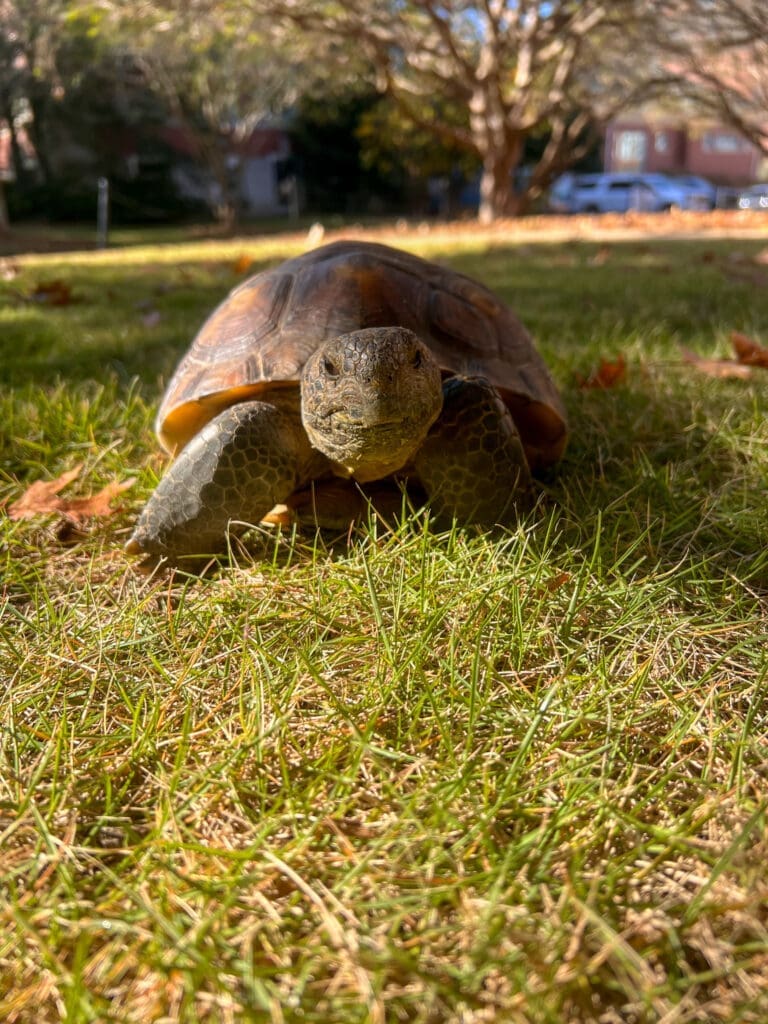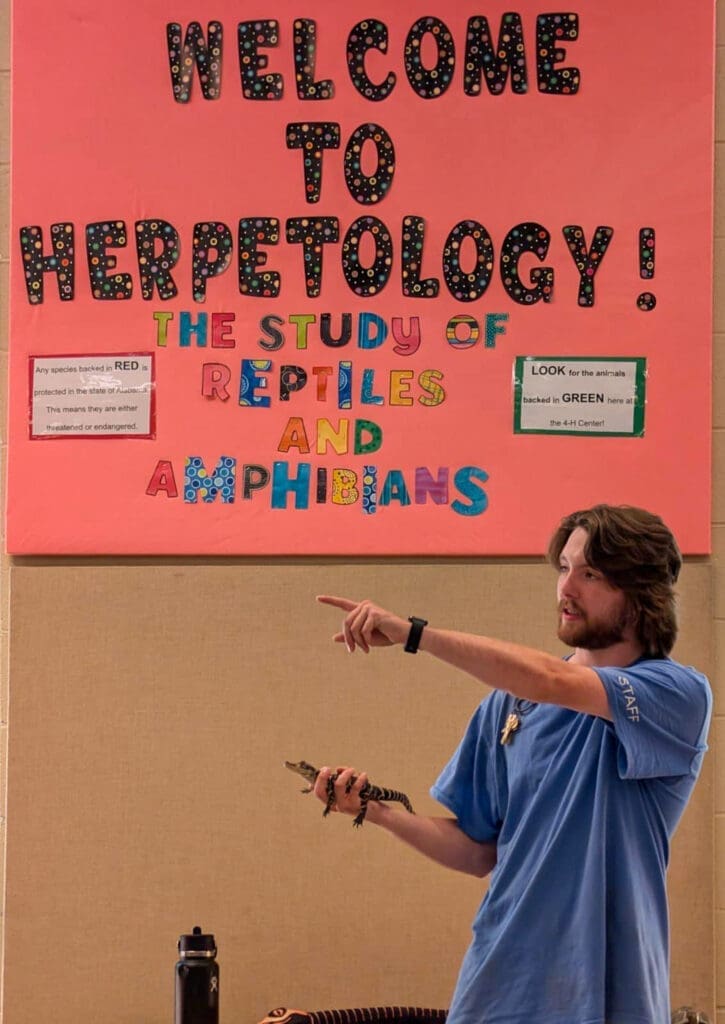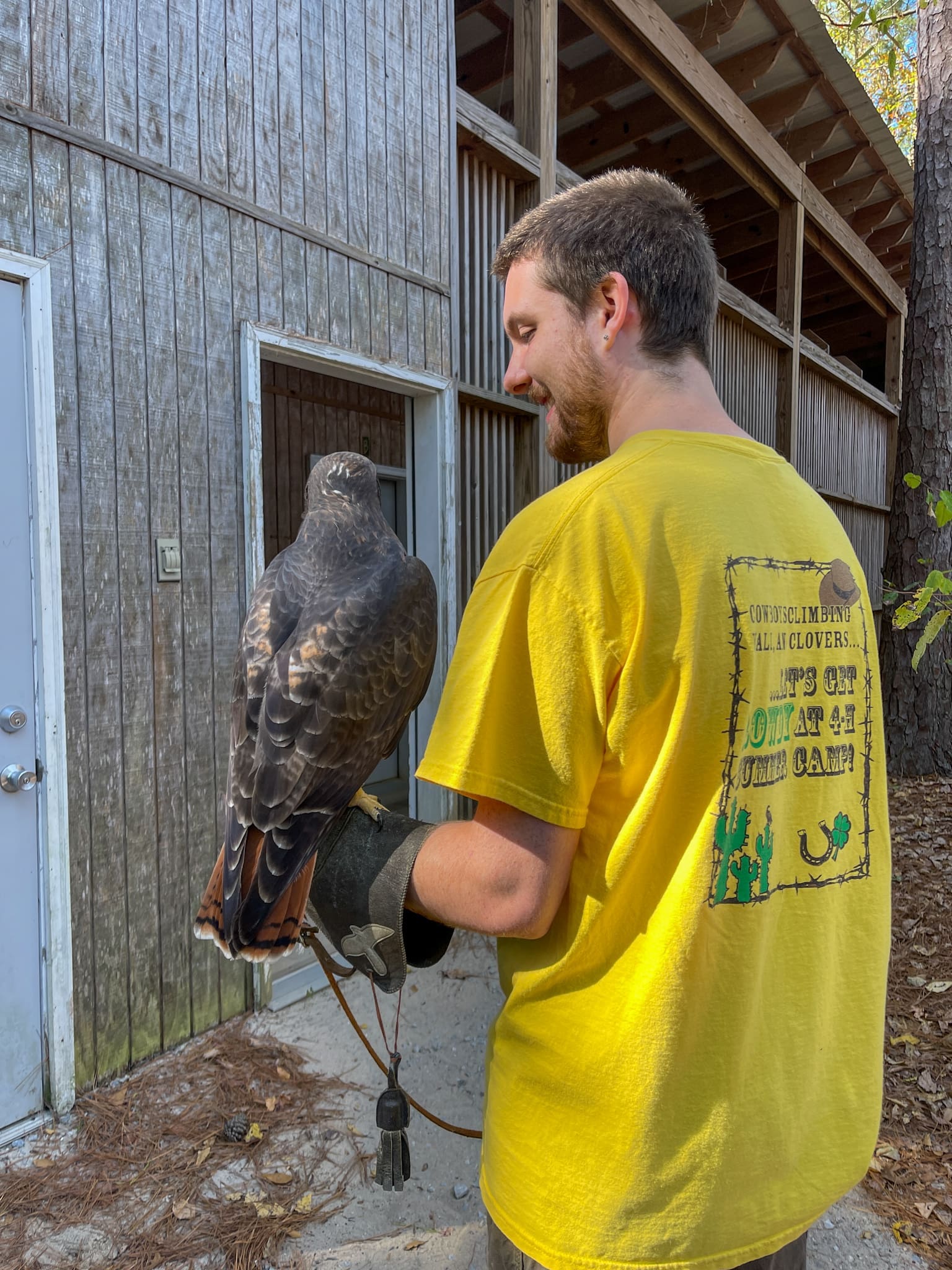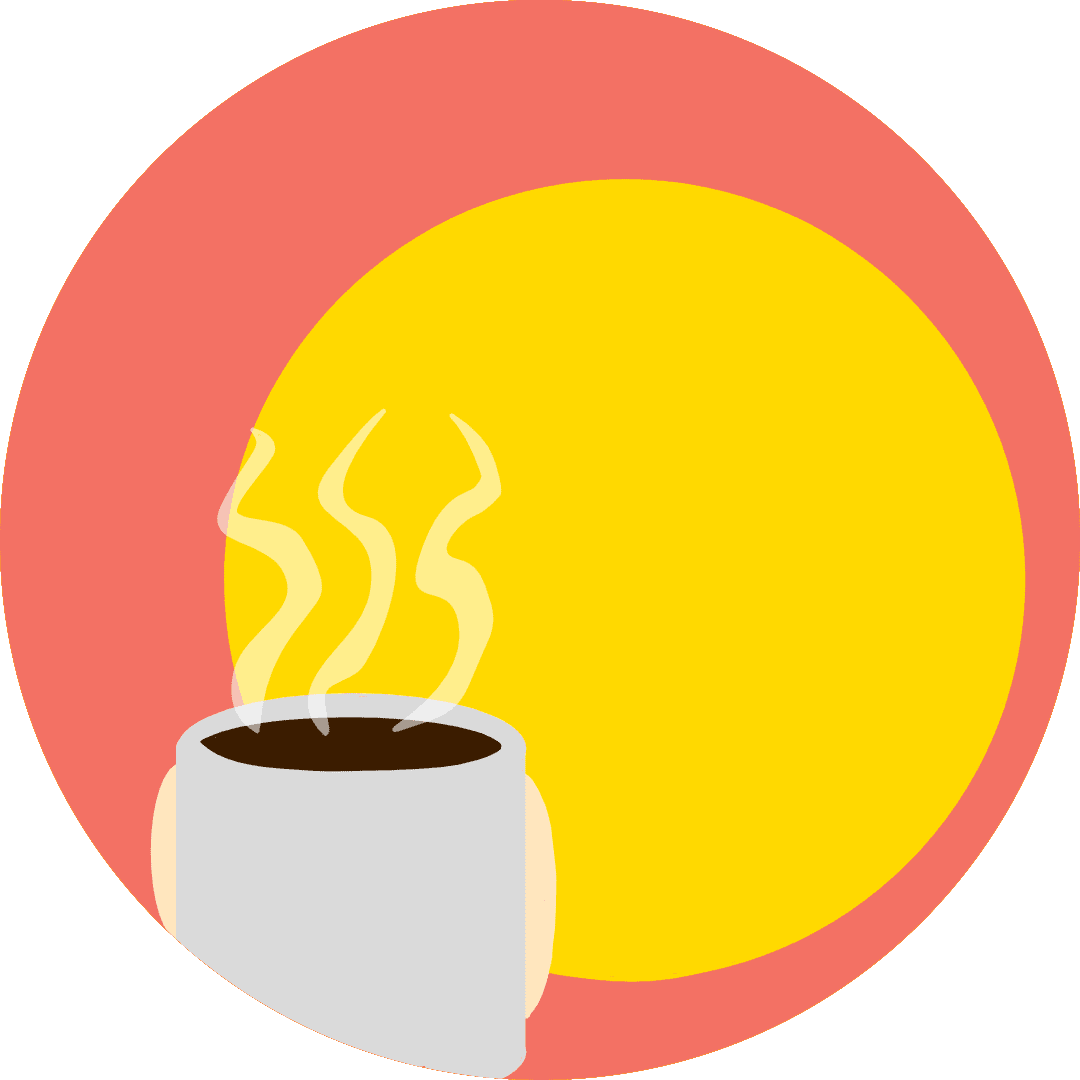This Longleaf Hiker is a little different. Unfortunately, I didn’t have a lot of time to explore Alabama during June. It is peak season at the Alabama 4-H Center and we’re in full swing. But, don’t despair! I plan on talking about some of the biodiverse animals you might find at the Alabama 4-H Center.
With nine amphibians, 19 turtles, five lizards, two alligators, 15 snakes and 13 birds of prey, there is plenty of biodiversity at the Alabama 4-H Science School. We teach herpetology and bird classes to K-12 school groups, different organizations or conferences and other adult groups. All of our animals are considered our “teacher creatures” while working at the center with us.
From rescues to purchases, imprints to impacts and invasives to non-invasives, here’s a sneak peak at some of our wonderful animals who call 4-H home.
First up is two of our raptors: Sequoia and Roosevelt. These birds are excellent examples of an imprint and an impact. Before I give you their stories, a human-imprinted animal is an animal that identifies with humans for life. They may look to humans for food while also lacking a fear of humans. This can cause the animal to become aggressive or territorial, and, in some cases, they will never learn how to properly hunt or be a bird of prey. These raptors are then unable to survive in the wild, so they often find homes at raptor centers or education centers like 4-H.

When I say an impact or impacted animal, it generally means they were struck by a car. These raptors are typically unable to fully recover from their injuries and survive in the wild, so they also find their homes at places like the 4-H center.
Sequoia, a red-tailed hawk, was an accidental human imprint and has been at the center since 2008. He is one of the first birds I learned to handle. Red-Tailed Hawks are native to the United States and have several different types of morphs or colorations. My favorite fact to share with people is that the typical eagle call you might hear in a western movie or on TV is actually not an eagle call, but the majestic call of the red-tailed hawk.
Roosevelt, or Rosie, is an impacted barred owl. She was struck by a vehicle and left blind in her left eye. We like to teach people that they can help prevent other raptors from being impacted like Rosie by refraining from littering our roadways. The most common cause of an impact is a raptor trying to catch a mouse or other rodent on the side of the road eating our litter. They get tunnel vision when it comes to their food and don’t see a vehicle coming down the road until it’s too late.

The next two animals on the list are our two gopher tortoises, Sandy and Tiny. Gopher tortoises, which are native to the Southeast and endangered in Alabama, are a keystone species. Keystone species are animals who can indicate the overall well-being of a local ecosystem. They are critical to the environment they live in due to the niches or roles that they fill.
I could write an entire paper on these guys, but their burrows are what they’re known for. Their burrows, which can be up to 40 feet long and 10 feet deep, help house up to 360 different species. They are a keystone species not just because of the amount of housing they provide, but the longleaf pine forests that they live in require wildfires to repopulate and prosper. When these wildfires happen, numerous species find a safe place in the gopher tortoise burrows.

Sandy and Tiny are both some of my favorite animals to see each day. These tortoises are extremely protected because of threats to their habitats and population numbers. Sandy was an illegal pet who came to us in 2009; she’s about 20 years old. Tiny is about 80 and came to us in 2009 after he was found returning to a newly paved road near Montgomery. It’s believed that his burrow was paved over, and since gopher tortoises only dig a single burrow in their lifetimes, they’ll continue to return to where it was even if it’s gone.
The main difference between Sandy and Tiny, though, is their shells. If you see a gopher tortoise in the wild—first off, I’m jealous—second, don’t touch it; it’s illegal. Third, you’ll notice that the top of their shell is pretty flat. That’s the case for Tiny. For Sandy, her shell almost looks like a rough, grooved box turtle shell: It’s raised. That’s because she was found as a baby and never had a chance to dig her own burrow. As gopher tortoises dig burrows, are entering and exiting them, they slowly sand down their shell until it’s smooth and flat on top.
I could keep going on about our different animals, but the last one I want to highlight is another reptile: Our American alligators, Mischief and Mayhem. They tend to be a lot of people’s favorites in our classes. But, where did we find our alligators? They’re not injured, and we didn’t buy them. Instead, we have an educational loan program with Orlando’s Gatorland, an alligator sanctuary and theme park. Mischief and Mayhem came to us in January 2024, so they’re still babies.

Gatorland and the general gator community is a great example of how much humans can help the natural world. American alligators were severely endangered in the 1950s. After significant contributions from the environmental community, breeding alligators and targeting sources of population depletion, their populations recovered. The American alligator was taken off the endangered species list in 1987.
I hope you learned a thing or two about some animals you may find in Alabama. If you want to learn more, you can go to our center’s page and see some more of our critters. You can also find a group of friends and sign up for a class at the 4-H center!
Want to get early access to columns, unique newsletters and help keep The Sunrise News active? Then support us on Ko-Fi!


